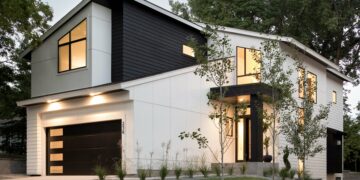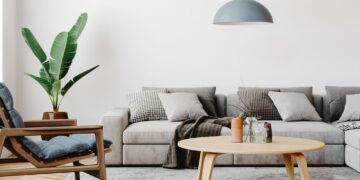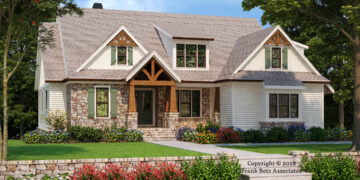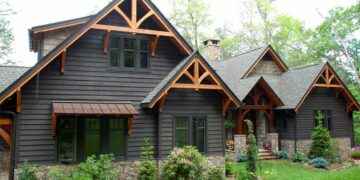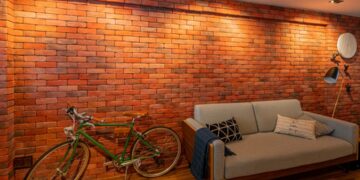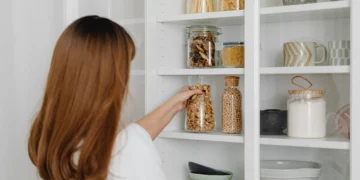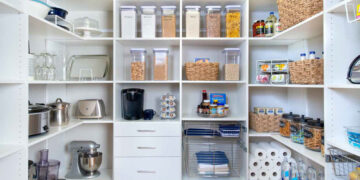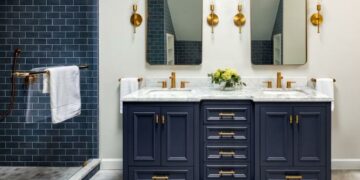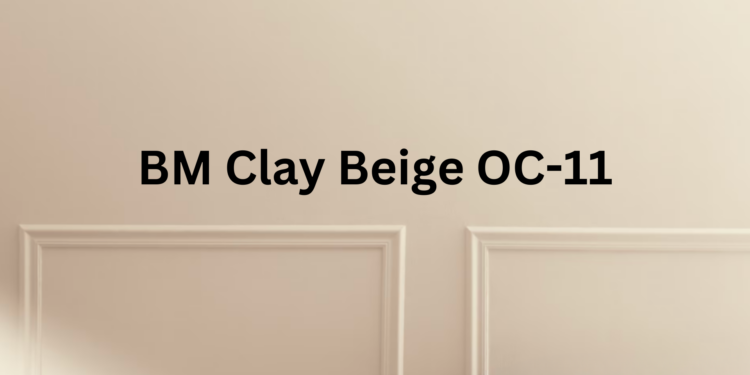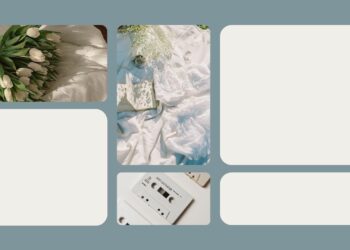Clay Beige (OC-11 by Benjamin Moore is a warm, sandy shade with a muted cast, making it highly useful in many settings.
This gentle neutral has gained popularity in modern homes because it creates a calm backdrop that complements many decorating styles.
Homeowners choose colors like Clay Beige because they offer a balanced look that isn’t too bold or plain.
In this guide, we’ll examine what makes Clay Beige special—from its subtle color hints and best room uses to colors that pair well with it and tips for painting.
By the end, you’ll know if this versatile neutral is the right choice for your next paint project.
What is Clay Beige (OC-11)?
This color belongs to Benjamin Moore’s Off-White Collection, a group of 150 subtle and adaptable paint colors known for their understated charm and flexibility.
With a Light Reflectance Value (LRV) of 61.61, Clay Beige sits in the medium-light range of the color scale.
This means it reflects a good amount of light while still having enough depth to add character to your walls.
This balance makes the color feel airy and light without being stark or washed out.
The color has earned its place as a trusted choice for homeowners and designers who want a neutral that feels warm and inviting rather than cold or flat.
Its soft quality makes rooms feel cozy and pleasant without overwhelming the space.
Undertones of Clay Beige
Clay Beige has warm undertones. Soft beige is its base, and slight taupe hints add depth. This mix gives it more warmth than plain beige without being too yellow or pink.
Light plays a big role in how this color looks on your walls.
In sunny rooms, Clay Beige lightens up and shows its brighter side. It feels cozier under lamps and artificial lights and shows more of its warm qualities.
| Color | Compared to Clay Beige |
|---|---|
| Edgecomb Gray | Cooler, more gray undertones |
| Grant Beige | Darker but similar warm tones |
| Manchester Tan | More yellow undertones |
| Clay Beige | Neutral warm tone (reference) |
These subtle differences matter when picking the right neutral for your home’s lighting and existing finishes.
Where to Use Clay Beige?
Clay Beige shines on walls in living rooms, bedrooms, kitchens, and hallways, creating a warm, welcoming background that doesn’t steal attention from your furniture and art.
Its soft nature makes spaces feel cozy without being too dark or heavy.
It blends well with natural surroundings and provides a gentle, inviting first impression.
Living Rooms

Clay Beige creates an inviting atmosphere in gathering areas, providing a neutral backdrop that allows furniture and decor to stand out.
It brings warmth to these spaces without overwhelming them, making conversation areas feel both sophisticated and comfortable.
Bedrooms

In bedrooms, Clay Beige establishes a serene, restful environment that promotes relaxation.
This gentle neutral pairs beautifully with bedding in various colors while maintaining a peaceful ambiance that’s conducive to quality sleep and personal downtime.
Kitchens

This color gives cabinets a natural, timeless look that won’t go out of style in kitchens.
It works well for built-ins, too, adding warmth without the boldness of darker wood tones.
On kitchen walls, it creates a welcoming space that balances perfectly with both light and dark cabinetry.
Hallways
 Clay Beige excels in connecting spaces, creating visual flow throughout your home.
Clay Beige excels in connecting spaces, creating visual flow throughout your home.
It brightens narrow hallways while adding just enough warmth to make these transitional areas feel intentional rather than overlooked.
Best Coordinating Colors for Clay Beige
Clay Beige creates a warm, inviting foundation that pairs exceptionally well with soft whites and bold accents.
These coordinating colors add to its versatility while maintaining its balanced, neutral character.
Complementary Whites

- White Dove (OC-17): Soft, warm white that flows smoothly with Clay Beige
- Chantilly Lace (OC-65): Clean, bright white for crisp contrast without harshness
Accent Colors

- Hale Navy (HC-154): Deep blue that balances Clay Beige with modern contrast
- Pale Oak (OC-20): Lighter neutral for subtle layering in calm, monochrome rooms
- Wrought Iron (2124-10): Dark charcoal that adds drama when used on doors or cabinets
Clay Beige vs. Similar Benjamin Moore Colors
| Color | Undertone | LRV | Best For |
|---|---|---|---|
| Clay Beige OC-11 | Warm beige, slight taupe | 61.61 | Walls, cabinets, trim |
| Manchester Tan HC-81 | Yellow-beige | 64.41 | Traditional interiors |
| Grant Beige HC-83 | Warm greige | 56.65 | Cozy, inviting spaces |
| Edgecomb Gray HC-173 | Greige | 63.88 | Modern farmhouse look |
Finish & Application Tips
1. Best Finishes for Clay Beige
- Matte or eggshell: These low-sheen finishes hide small wall flaws while giving Clay Beige a soft, warm look
- Satin or semi-gloss: These more durable finishes hold up to cleaning and highlight the color’s warm tones
2. Surface Preparation
- Start with clean, dry walls
- Patch any holes or cracks
- Sand rough spots smooth
- Prime bare surfaces or dark colors
- Use quality Benjamin Moore primer for the best color results
3. Number of Coats Needed
- Most walls need two coats for full, even coverage
- Dark walls may need an extra coat
- Allow proper drying time between coats (4-6 hours minimum)
Why Homeowners & Designers Love Clay Beige
Timeless and elegant: Clay Beige offers a classic look that doesn’t go out of style, making it a beautiful choice for lasting appeal.
Versatile with different decor styles: This color plays well with others, complementing wood furniture of all tones, from light oak to dark walnut.
Clay Beige strikes the right between bold and plain with the perfect balance of warm and neutral tones.
Paint Sample Options
- Small paint pots from Benjamin Moore
- No-mess peel-and-stick samples from Samplize
Conclusion
Clay Beige OC-11 stands out as a top neutral choice because of its warm sandy tone that works in many settings.
Its muted look brings calm to spaces while adding character that plain white can’t match.
Before you paint your whole room, it’s worth getting a sample to test on your walls.
See how it looks in morning light, afternoon sun, and under evening lamps.
This small step helps ensure you’ll be happy with the final result.
Clay Beige delivers for anyone seeking a color that brings warmth and flexibility to their home.
It creates a welcoming backdrop that lets your furniture and decor shine while adding a soft, cozy feeling that makes a house feel like home.


